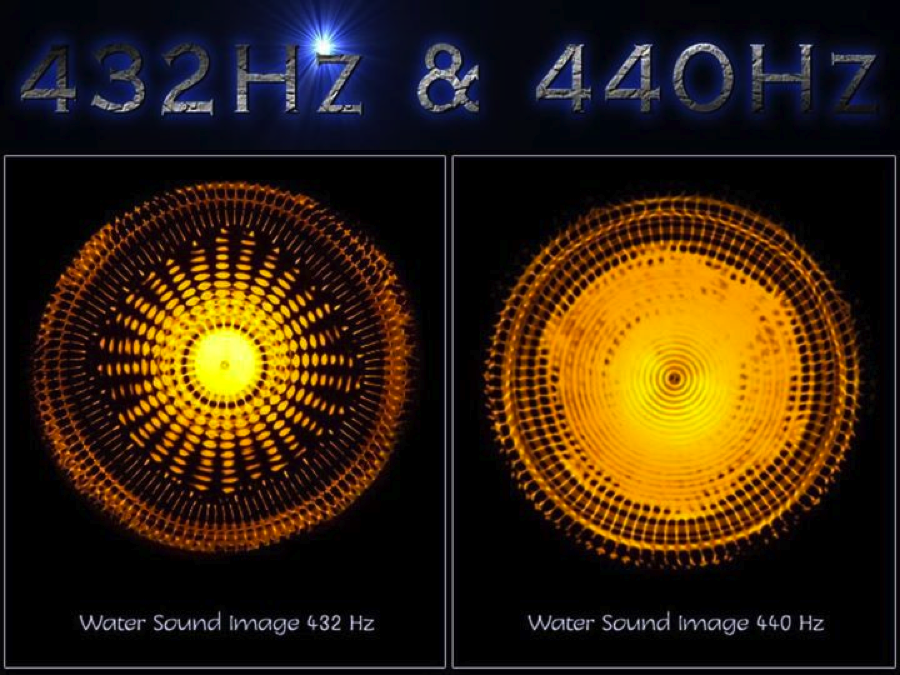Context
The current reference frequency for tuning musical instruments is 440 Hz. Some theorists and musicians claim that the 432 Hz tuning has better effects on the human body, but there are no scientific studies that support this hypothesis.
Objective
To identify differences in vital parameters and perceptions after listening to music at different frequencies, 440 Hz versus 432 Hz.
Design
Cross-over pilot study.
Setting
A room dedicated to listening to music, in an Italian city.
Participants
33 volunteers, not suffering from acute and/or chronic diseases.
Interventions
Two sessions of music listening on different days. Both sessions used the same music (movie soundtracks) but tuned to 440 Hz on one day and 432 Hz on the other. Each session consisted of 20 min’ listening.
Main outcome measures
Vital parameters (blood pressure, heart rate, respiratory rate, oxygen saturation), perceptions (physical and emotional sensations, for example fatigue and stress), levels of concentration during the listening session, and general satisfaction with the experience.
Results
432 Hz tuned music was associated with a slight decrease of mean (systolic and diastolic) blood pressure values (although not significant), a marked decrease in the mean of heart rate (−4.79 bpm, p = 0.05) and a slight decrease of the mean respiratory rate values (1 r.a., p = 0.06), compared to 440 Hz. The subjects were more focused about listening to music and more generally satisfied after the sessions in which they listened to 432 Hz tuned music.
Conclusions
The data suggests that 432 Hz tuned music can decrease heart rate more than 440 Hz tuned music. The study results suggest repeating the experiment with a larger sample pool and introducing randomized controlled trials covering more clinical parameters.
(from: https://www.sciencedirect.com/science/article/abs/pii/S1550830718302763)

